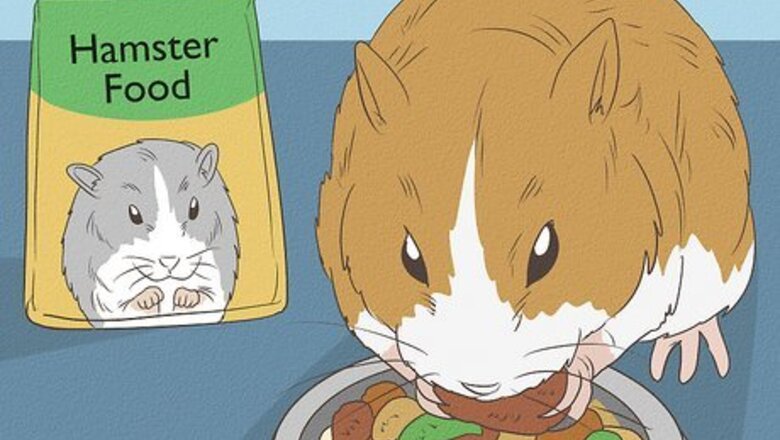
views
Adjusting Your Hamster’s Diet
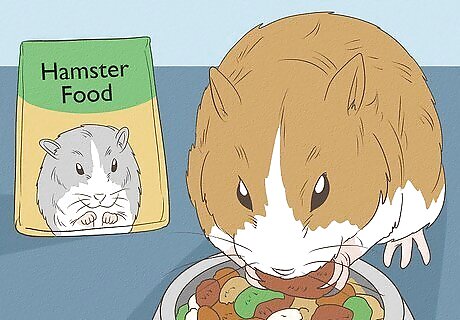
Choose a high-quality hamster food. Just as with human food, there is healthy hamster food, and then there is junk food. Investing in a high-quality hamster food will help your hamster lose weight, especially if it has been eating a lot of empty calories. For example, if your hamster is eating a lot of seeds, a lot of treats, or a lot of food filled with sugar, it will gain weight unnecessarily. It is OK to give your hamster a special treat every now and then, but it shouldn’t make up a significant portion of its diet. In addition to hamster food, hamsters also need fresh food to eat. It is important to provide it with a small amount of something fresh to eat each day. Examples include grass, clovers, and carrots. You can also feed leafy greens, such as lettuce, but it should only have a very small amount of this because it can cause diarrhea. Occasionally, you can also give your hamster a small piece of dog biscuit to gnaw on. This will provide protein and also help grind it’s teen down.
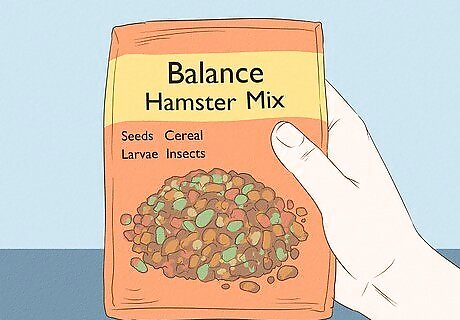
Look at the label. At pet food stores, you can often find pre-mixed hamster food that aims to meet many of your hamster’s nutritional needs at once. However, as with any type of pet food, the cheapest brands often contain low-quality ingredients. The goal of these brands is often to sell something to make money rather than to provide a quality diet for your hamster. Thus, you need to look at the labels carefully before choosing. A balanced hamster diet will have a mix of seeds and cereals, as well as insect larvae or insects such as crickets. If the label shows that the hamster food is high in sugar, you should put it back. Sugar is not necessary or healthy for a hamster.
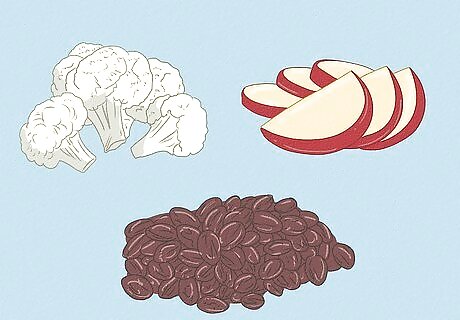
Consider reducing how much food you provide. Hamsters do have a very high metabolism, which means they need to eat a lot to maintain their energy. However, it is possible to feed a hamster too much, especially if you just fill its bowl whenever it is empty. For most hamsters, a tablespoon of high-quality hamster food each day is enough. Though a tablespoon of mixed food is enough, you also need to supplement your hamster’s diet with a few treats each day to make sure it is getting all the necessary nutrients. For example, you could give your hamster a couple of greens and a floret of cauliflower, a small handful of raisins, or a couple of apple slices. Remember that even though you might not see food in its bowl, your hamster may have stashed food around the cage for later.
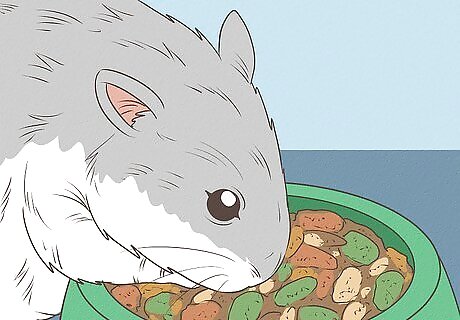
Keep your hamster’s food in a dish. Hamsters are hoarders. If you spread its food across the bottom of its cage instead of putting it in a bowl, a hamster might hoard more food than it needs because it constantly has to “forage” for it. On the other hand, if the food is kept in a bowl, the hamster will view this as its “stash” of food, so it won’t feel the need to hoard so much food. Keeping your hamster’s food in a dish also offers a method for you to monitor how much it is eating. Each day, you should remove any uneaten food and replace it with fresh food. You can put the old food outside for birds and squirrels to eat if you don’t want to waste it.
Helping Your Hamster Get More Exercise

Be aware that hamsters are active animals. In the wild, a hamster might run several miles each night, and a hamster in captivity needs to have a way to exercise. Not only is this important for its health, it is also important for its well-being. A hamster who doesn’t have any stimulation could become depressed.
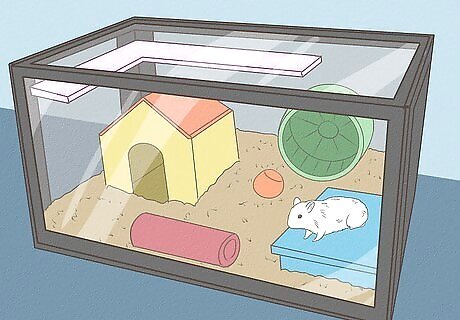
Give your hamster a bigger cage. If your hamster doesn’t have much room to move around, it won’t be able to burn many calories through exercise. Remember that hamsters are quite active, and need space in order to be healthy. The bigger your hamster’s cage or aquarium, the better. However, if you have limited space, you should try to get the biggest cage that your space allows. Your hamster will live its life in that cage so the more space it has, the better. Your hamster’s cage should have a minimum of two square feet. If you can’t afford the space to give your hamster a spacious cage, consider getting a taller cage. Some hamster habitats will have two or three stories that allow your hamster to go up and down. You can also make a hamster playground for your hamster out of common household items. Creating a hamster playground in addition to your hamster’s normal cage will provide exercise and stimulation for your curious hamster.
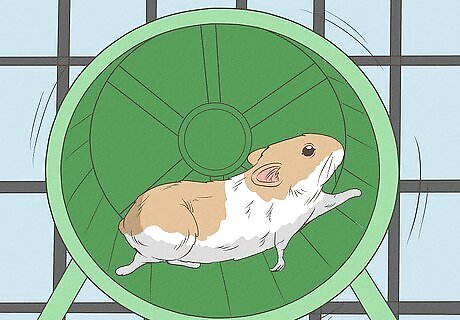
Give your hamster a hamster wheel. If you have more than one hamster, it is best to provide a wheel per hamster. The size wheel you need depends on your hamster’s size, but generally, the bigger and wider, the better. Opt for wheels that are made of a solid piece of wood or plastic rather than a metal wheel that has bars. In many cases, a hamster may break its legs with this type of wheel because its legs slip between the bars. Make sure that the wheel is large enough so that the hamster’s back does not have to flex backward too much while it is using the wheel. Some wheels are created in a bowl shape to prevent this. As a general rule, a dwarf hamster will need a wheel at least 6 inches (15 cm) in diameter. If you have a large breed hamster, the wheel should be at least 8 inches (20 cm) in diameter. Pay attention to how your hamster looks while using the wheel. A wheel is too small if it causes the hamster to scoop their back to run in it.
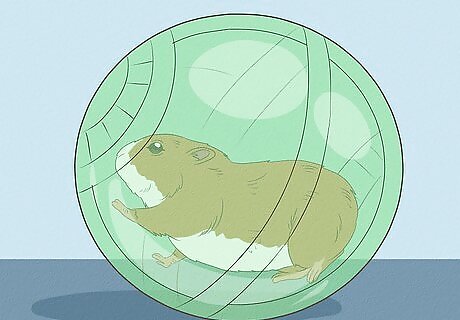
Allow the hamster to explore in a hamster ball. A hamster ball is a hollow plastic ball that is designed to allow your hamster to run around without getting into things it shouldn’t. This is a great way to get your hamster to exercise, and it is also very interesting for the hamster because it will be able to do a little bit of exploring in your home. For an adult Syrian hamster, you will need a ball that is at least 8 inches (20 cm) in diameter. If you have a dwarf hamster, you will probably need a smaller, lighter ball. Look for one that is designed specifically for dwarf hamsters. You should never leave your hamster alone in its hamster ball to run around. You need to keep constant watch to make sure nothing goes wrong. Don’t allow the hamster to play in its ball if there are any pets present. This will be terrifying for the hamster if the pet tries to chase the hamster. Block off any areas you don’t want your hamster to get into. Make sure that any stairs or ledges are blocked so your hamster doesn’t fall off. Limit your hamster’s time in the ball to no more than once per day for 20 or 30 minutes. Remember that a hamster cannot get to its water while in the ball, but as it runs around, it will become dehydrated.
Keeping Your Hamster Healthy
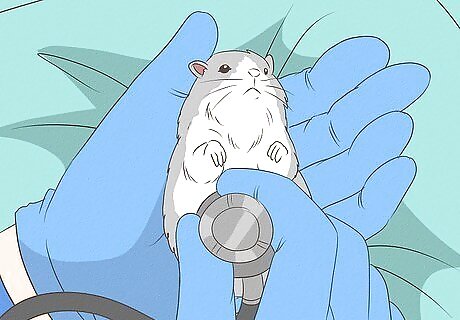
Have your hamster examined by a vet. A veterinarian will be able to tell you how much your hamster should weigh based on the hamster’s breed and age. In addition to that, having your hamster checked by the vet regularly will help you stay on top of your hamster’s health. If your hamster has recently gained or lost a lot of weight for no obvious reason, your vet may be able to find an underlying cause.

Provide plenty of fresh, clean water. You need to change out your hamster’s water each day, even if you don’t think the water looks dirty, or if it has a water bottle. Hamsters cannot survive without water for more than one or two days. Water bottles can easily malfunction. Checking your hamster’s water every single day means you will notice if there is a problem before your hamster becomes severely dehydrated.
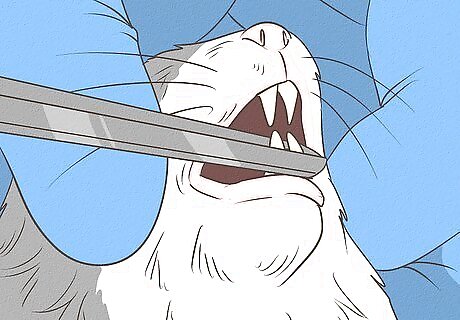
Keep its teeth trimmed. You may not realize that a hamster’s teeth grow continuously. In the wild, a hamster will grind its teeth down on hard objects to keep them from becoming overgrown. Unfortunately, many hamsters kept as pets do not have access to something that it can use to grind its teeth on. Though you can trim your hamster’s teeth yourself, it’s best to have a vet show you how to do this properly before attempting it on your own. This is one more reason to have your hamster checked by a vet regularly. If your vet notices an overgrown tooth, a broken tooth, or a crooked tooth they can help you take care of the situation before it causes any bigger problems. You can offer apple wood or hard dog treats to your hamster so it has something hard to gnaw on.

















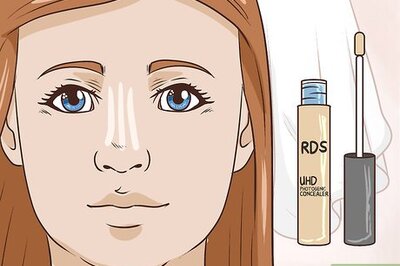


Comments
0 comment